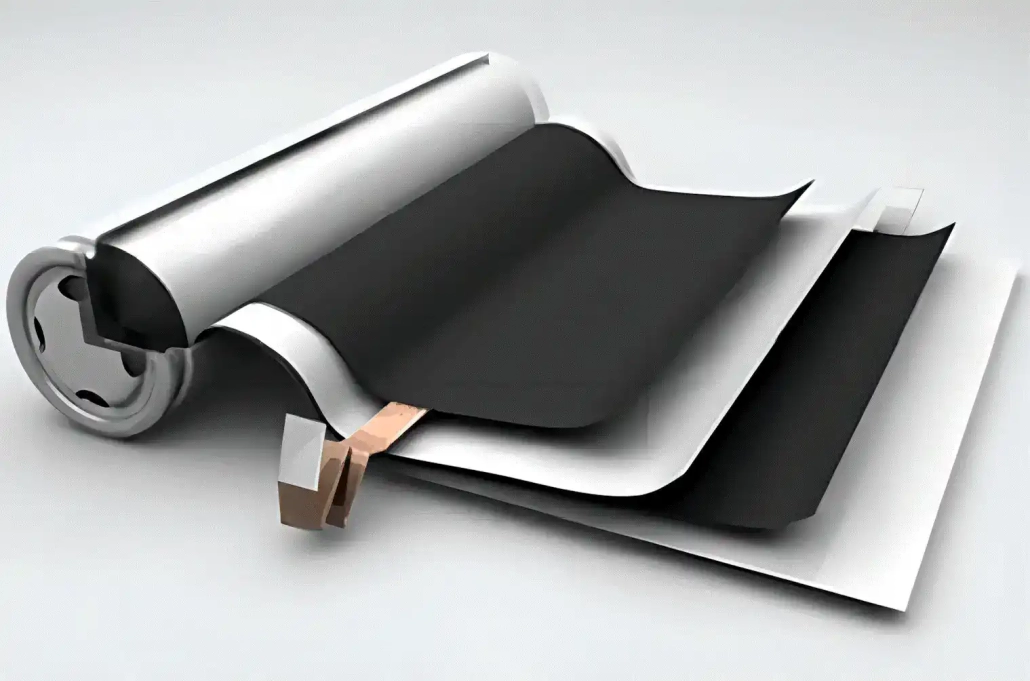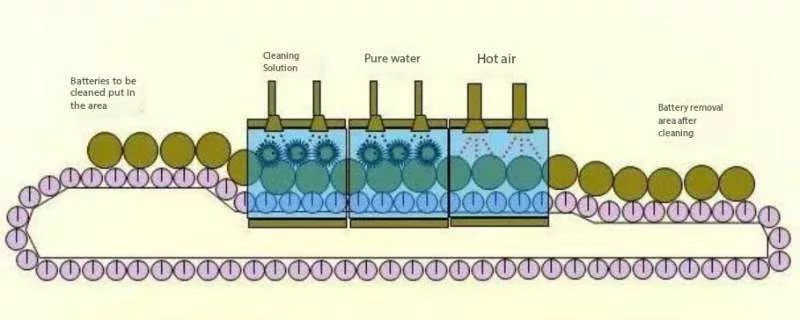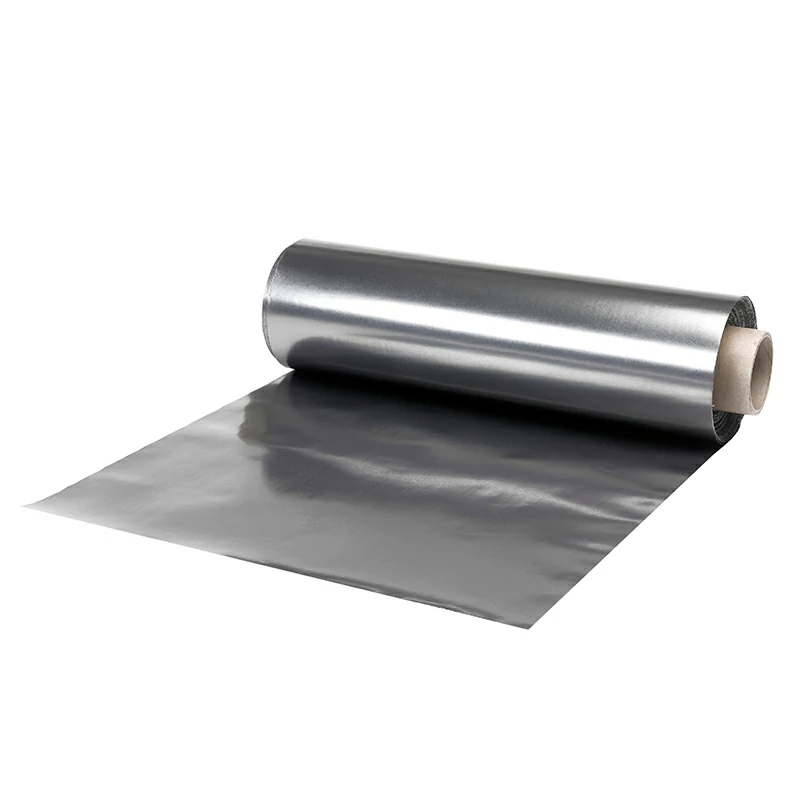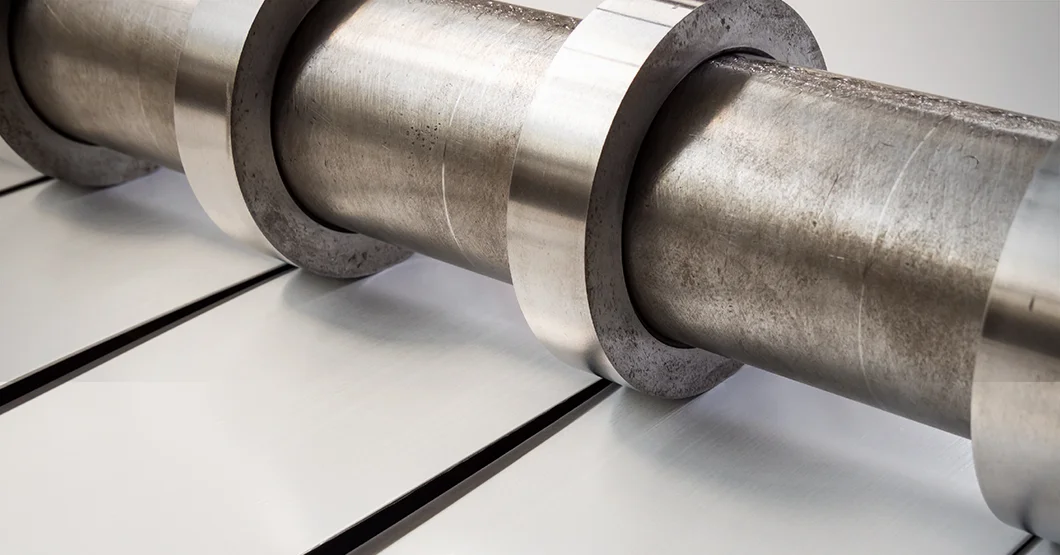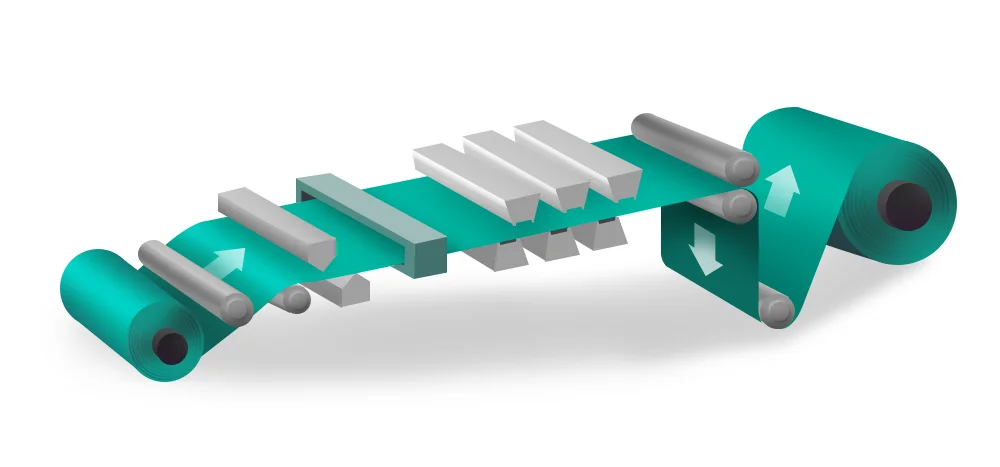Battery Encapsulation Process
main content
The battery encapsulation process is a cornerstone of modern energy storage systems, particularly for high-stress applications like motorcycle batteries or industrial power modules. By integrating robust physical shielding, precision sealing, and adaptive structural engineering, this process ensures operational reliability under extreme vibrations, moisture exposure, and material expansion. Below, we explore three critical functions of battery encapsulation and their technical implementations.
1. Physical Protection: Shielding Against External Threats
Battery casings act as the first line of defense against environmental hazards. For instance, motorcycle batteries face constant vibrations exceeding 15Hz, demanding enclosures with ≥500N impact resistance—achieved through ceramic-coated aluminum alloys or reinforced polymer composites. Key design considerations include:
Dust exclusion: Micro-grooved seams prevent particulate ingress, critical for desert or construction-site applications.
Mechanical stability: Multi-axis ribbing distributes shock loads, reducing deformation risks during 50G+ impacts.
Thermal regulation: Phase-change materials (PCMs) embedded in the casing absorb heat spikes from rapid discharge cycles.
Advanced casings also integrate sacrificial layers that corrode preferentially, protecting underlying electrochemical components from chemical degradation.
2. Environmental Sealing: Precision Engineering for IP67 Compliance
Waterproofing is non-negotiable for batteries exposed to rain, humidity, or submersion. IP67-rated sealing is achieved through:
Laser welding: Fiber lasers with ≤0.1mm beam divergence create hermetic seals between casing halves, tested to withstand 1m freshwater immersion for 30 minutes.
Ultrasonic bonding: High-frequency vibrations fuse thermoplastic interfaces, eliminating adhesives while maintaining <0.05% porosity.
Dynamic gaskets: Silicone-O-ring designs compensate for thermal expansion/contraction, maintaining seal integrity across -40°C to 85°C ranges.
For electrolyte containment, dual-stage pressure relief valves activate at 10kPa internal pressure, preventing leaks during thermal runaway scenarios.
3. Structural Reinforcement: Managing Internal Expansion Forces
Silicon-based anodes, while boosting capacity, introduce 300% volumetric expansion during lithiation. Encapsulation systems counteract this through:
Gradient tension frameworks: Multi-layer casing designs apply 15-25MPa compressive preloads, channeling expansion forces into controlled deformation zones.
Stress-diffusion lattices: 3D-printed titanium meshes redistribute localized stresses, reducing peak strain by 40% in silicon-dominant cells.
Real-time monitoring: Embedded strain gauges (accuracy ±0.5%) trigger safety protocols if casing deformation exceeds 2mm thresholds.
Post-cycling analysis shows these systems reduce capacity fade to <5% over 1,000 cycles in high-expansion chemistries.
Applications in Harsh Environments
Motorcycle batteries: Vibration-damping mounts absorb 20-200Hz oscillations while maintaining <0.3mm casing deflection.
Marine energy storage: Saltwater-resistant coatings (e.g., plasma-sprayed alumina) prevent chloride-induced corrosion.
Grid-scale systems: Modular casings enable stackable configurations with unified thermal runaway barriers.
Conclusion
The battery encapsulation process transcends basic containment—it’s a synergy of materials science, mechanical engineering, and electrochemical safeguards. By addressing physical impacts, environmental threats, and internal stresses through innovations like laser-welded IP67 seals and adaptive tension frameworks, manufacturers deliver batteries capable of thriving where conventional designs fail.

START-STOP LITHIUM battery
Enov start-stop battery is designed to provide excellent performance for high-demand start-stop vaehicles. It adopts the third-generation intelligent lithium platform architecture to achieve technological breakthroughs in core indicators such as cycle life, environmental adaptability and energy density. Compared with the traditional lead-acid battery system, the energy efficiency is increased by 210%, the cycle life is extended by 8-10 times, and the monthly self-discharge rate is controlled within 3%. Enov's unique low-temperature battery technology makes a breakthrough in achieving stable output in the whole climate domain from -30℃ to 65℃, maintaining more than 90% of the effective capacity release under extremely cold conditions (-30℃), and maintaining 90% of the capacity in high temperature environments (65℃).
The start-stop battery series products cover the mainstream voltage platform of 12V/24V/48V, and support flexible configuration of LFP (lithium iron phosphate) and NCM (lithium nickel cobalt manganese oxide) dual-material system. All models adopt modular design to support customization of different model specifications. Enuo engineering and technical team to provide full cycle technical service support, if you need, please contact us.
Other products
UAV BATTERY
LITHIUM ENERGY STORAGE BATTERY
QUICK INQUIRY
FAQ
Access to high frequency technical questions with one click, get accurate answers on product application, after-sales policy and customization process.
Service and Support
Get the latest product specifications, explore professional OEM/ODM customization services, click to open exclusive technical support and production solutions.
Become a Partner
We sincerely invite resources to interconnect, work together for win-win development, and immediately open a new chapter of strategic cooperation!
